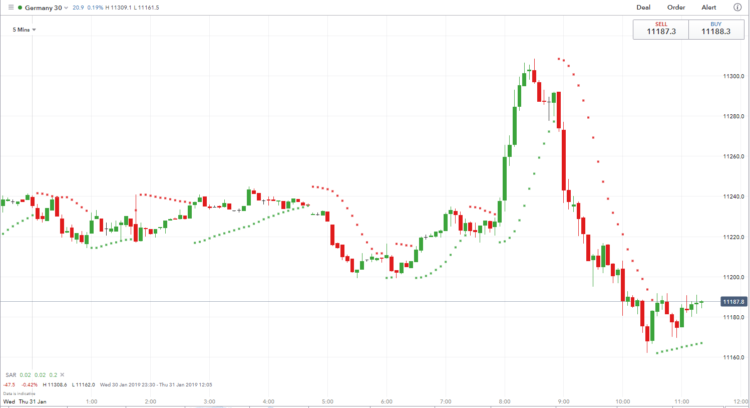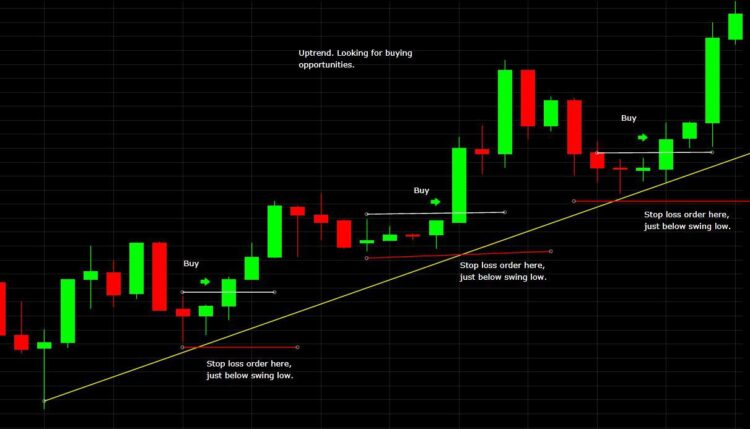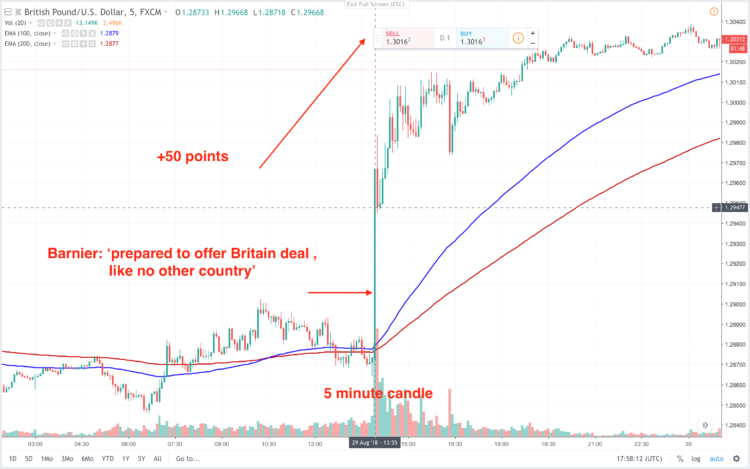Whether you’re risking your savings by betting big on a penny stock or taking a more conservative approach to investing by diversifying your portfolio and putting small sums into blue-chip stocks, there are so many different approaches to trading.
Whatever level of risk you’re comfortable with taking, there is money to be made through trading.
There is a range of attitudes, approaches, and mentalities towards trading. They vary in difficulty, technical prowess, and the level of risk involved. The correct approach for you may differ from the strategies favored by high-end traders or even your friend who has made a few quid. The trading industry is very competitive. You will need to invest some serious time and effort in order to succeed. To get started, you should first decide whether trading stocks or trading forex is more appropriate for your needs.
To generate trading ideas, investors should look for stocks that have the potential to outpace their peers or sector in terms of growth. According to a leading trader training company, Alphachain Academy, to do this you will need to understand what is driving the company’s revenues and profits. Is it a price advantage? Is it a large market share? Is it brand recognition? Any of these factors can help you pick trading stocks with an edge.
In this post, we’ve outlined some of the most effective strategies traders use to turn a profit.
Page Contents
Long-term hold

Source: fool.com
This is the oldest approach to trading favored by trading titans like Warren Buffett. It’s the lowest risk approach to trading you can possibly take. That is because, by holding your investment for as long as possible, you offset any of the situational short-term factors that can cause a temporary rise or fall in the value of a share price.
By investing early and leaving your money in a stock for as long as possible (the recommended minimum timeframe is five years) you can offset any of this risk. Traders – especially first-time investors – are vulnerable to short-term thinking and susceptible to mistakes. There are so many graphs that document the gamut of emotions that traders are likely to go through.
Constantly monitoring share prices and contemplating your next move can be a kind of mental torture. Holding long-term allows you to step off the emotional rollercoaster and maximize your chances of making some money.
Scalping

Source: ig.com
Traders who favor scalping as their primary strategy are determined to capitalize on minute changes in share prices. By casting their net long and wide – executing masses of trades in a few seconds – they aim to limit their exposure to drastic changes in share prices by keeping the amount of time they’re involved in a trade to a minimum.
The number of winning trades they make is intended to outweigh the number of losing trades they make. This form of trading demands speed, resilience, and quick thinking under pressure. Because small movements in share prices are incredibly common, there are always opportunities for scalpers to exploit – giving them trades to execute almost every day.
Use Stop-Losses

Source: thebalance.com
A stop-loss means that if a trading position falls below a certain point in value, it will be automatically closed and sold at the market price. This is important because sometimes trading positions can get out of control and losses can snowball if you don’t close them out. Take for example if you bought 100 shares of a stock trading at $8 and the share price drops to $6 due to an unfortunate event. Let’s say that you don’t have any stop-losses established so you continue to hold on to your shares when they drop down to $5. Then, what happens? The share price drops down to $4.
You’re still holding on to your stock, but it doesn’t stop there. The shares keep going down until they drop down to $1 per share and you lose all of my trading capital. If a trading strategy such as the use of stop-losses would have been in place, losses could have been stopped before they become too big.
News trading

Source: forexlive.com
This is a much more accessible approach to trading that hinges on your ability to quickly digest accurate and reliable news stories and press releases from around the world. Headlines can have an instant impact on share prices and investors are prone to overreacting to new information. A single Elon Musk tweet can send a share price tumbling.
The faster you can get access to the latest developments, the more success you’ll have pre-empting the reaction of the rest of the market.
Misinformation has become more and more prevalent in the internet age. Being able to discern between reliable sources and unreliable ones is so important. Turning on phone notifications for tried and trusted news sources will allow you to access the latest news as soon as it is published.
Summary
If you are able to hold your investment for as long as possible (five years), then this will help offset any of the risk factors which may cause a temporary rise or fall in share price value. It is important not get caught up on constantly checking rates and contemplating what move you should make next because this will just lead to emotional torture; However, if you have no stop-losses set up, there’s a chance that losses could go out of control quickly without one so keep an eye out for more information about how they work! The best trading strategies are considered to be scalping trading, news trading and the use of stop-losses. You should avoid trading without using a stop-loss because it’s a major risk factor that can lead to excessive trading losses if you’re trading positions for longer periods of time. All trading strategies should be based on some form of trading plan to help you establish whether a trading strategy is working for you and getting positive results. Make sure that when trading with a specific trading strategy that there is always an exit point for your positions and it is based on a sound trading premise.





